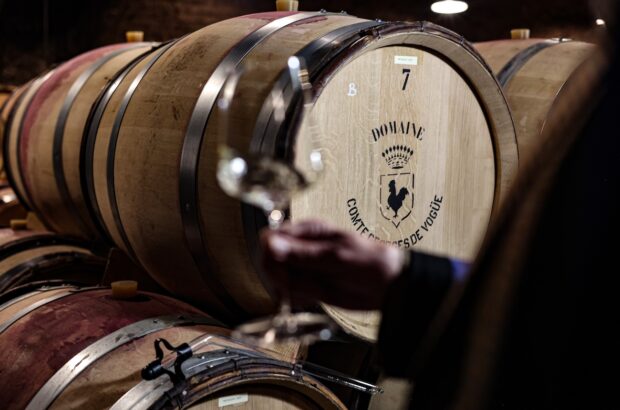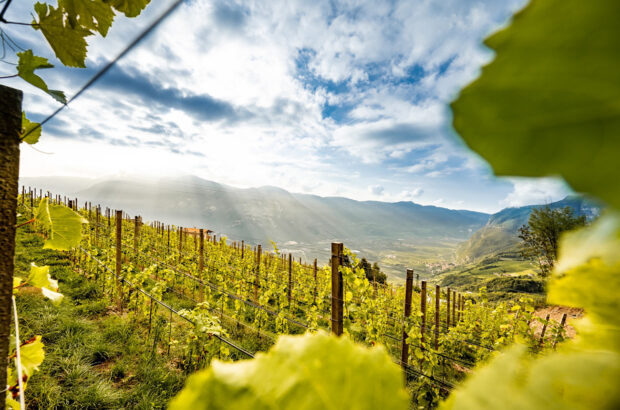In the late 19th century, Eduard Karel Jacob van der Niepoort, the second generation of the Niepoort family of Port winemakers, had the novel idea of buying 4,000 old apothecary demijohns. He wanted to use them for the maturation of the family’s wines.
These distinctive squat, dark-green glass bottles, between eight and 11 litres in volume, proved very effective. So effective that in 1931, his son (also an Eduard) decided they should be used for extended maturation of the best wines of the vintage.
Thus was created Porto Garrafeira. The Niepoort family felt this style would set a new benchmark of quality and refinement for the fortified wines of the Douro Valley.
Porto Garrafeira is a style that combines both oxidative and reductive ageing. Essentially it is a vintage dated tawny with subsequent minimum ageing in glass. First, the wine is aged oxidatively in wood for a minimum period of four to eight years. It is then aged for a minimum of 15 years in demijohns (Niepoort also refers to them as ‘bonbons’).
Official recognition
The Niepoort family may have minted this new style nearly a century ago, but Porto Garrafeira’s special status was only officially recognised as recently as late 2021. This is when the Institut do Vinos Porto y Douro (IVDP) introduced rules to enshrine the style in Port wine law.
For a Porto Garrafeira to receive IVDP approval, the date of storage in demijohns and quantities made must be communicated to the IVDP. Sales of these Ports are then only permitted after the minimum ageing referred to above.
In the glass
So much for the regulation, but how does a rare bottling like Porto Garrafeira taste? Due to the combination of long oxidative and reductive ageing, these wines display an especially seductive mix of mature and fresh fruit character.
The ageing in demijohns, in particular, is thought by some to add a unique cheiro da garrafa (‘smell or savour of the bottle’) for which it’s hard to find a direct parallel in other Port styles.
For its part, the IVDP notes: ‘As we have very high quality and both oxidative and reductive ageing, a great combination of sensations, aromas and flavours can be present. The flavours are taken to a dimension where the wine is at once complex, fine and balanced. The aromas can be as diverse as fresh red fruits, spices and chocolate, combined with notes of dried fruit and cigar box.’
Singular style
Currently Niepoort is the only Port house that produces Porto Garrafeira Port. It is, after all, the only one with a collection of several thousand old apothecary demijohns. The latest Niepoort Garrafeira release is from 1987, though 1983 and 1977 vintages have also been bottled.
A few fortunate souls will also have had the privilege of tasting the oldest Garrafeira Port the family has ever made – from vintage 1863. (In 2018 a Lalique decanter of this particular vintage became the most expensive single bottle of Port ever sold.) In this case, a very rare wine indeed, and one perhaps deserving of its own special category.







